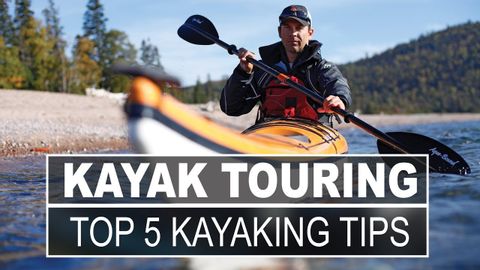
Subtitles & vocabulary
Kayak Touring | Top 5 Kayak Touring Tips
00
Hsien posted on 2019/10/16Save
Video vocabulary
massive
US /ˈmæsɪv/
・
UK /ˈmæsɪv/
- Adjective
- Very big; large; too big
- Large or imposing in scale or scope.
B1
More engage
US /ɪn'gedʒ/
・
UK /ɪn'ɡeɪdʒ/
- Transitive Verb
- To start to fight with an enemy
- To hire someone for a task or job
A2TOEIC
More critical
US /ˈkrɪtɪkəl/
・
UK /ˈkrɪtɪkl/
- Adjective
- Making a negative judgment of something
- Being important or serious; vital; dangerous
A2
More concept
US /ˈkɑnˌsɛpt/
・
UK /'kɒnsept/
- Noun (Countable/Uncountable)
- Abstract idea of something or how it works
- A plan or intention; a conception.
A2TOEIC
More Use Energy
Unlock All Vocabulary
Unlock pronunciation, explanations, and filters
